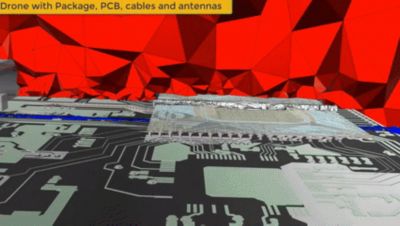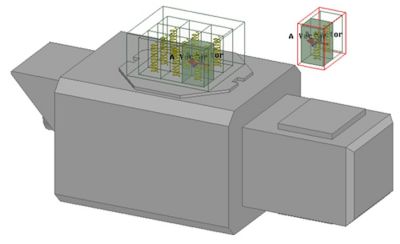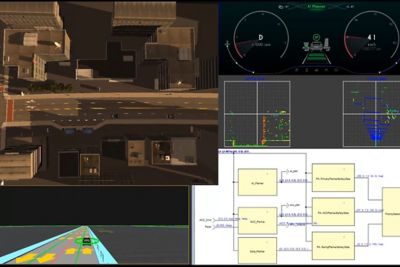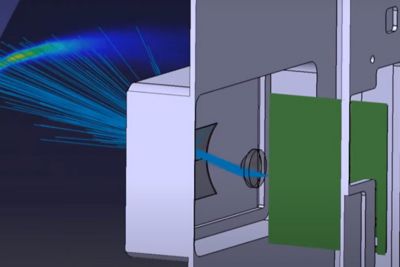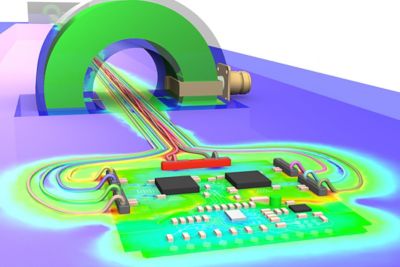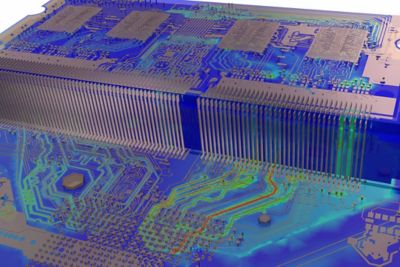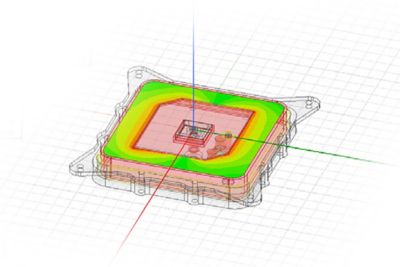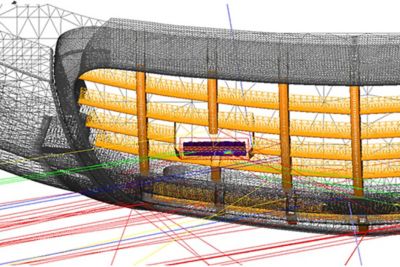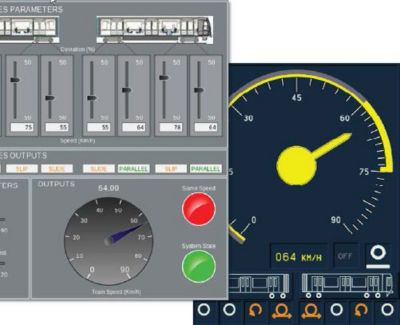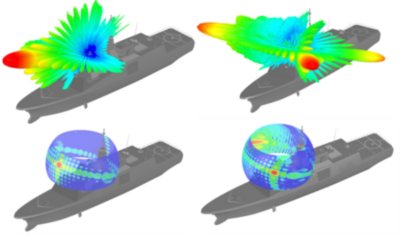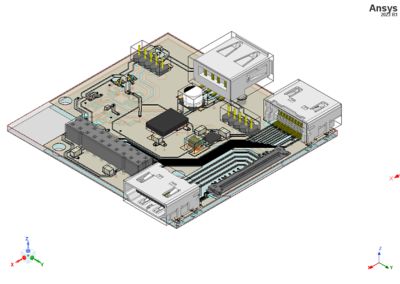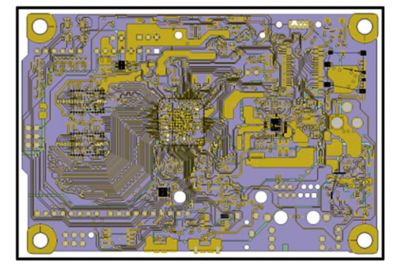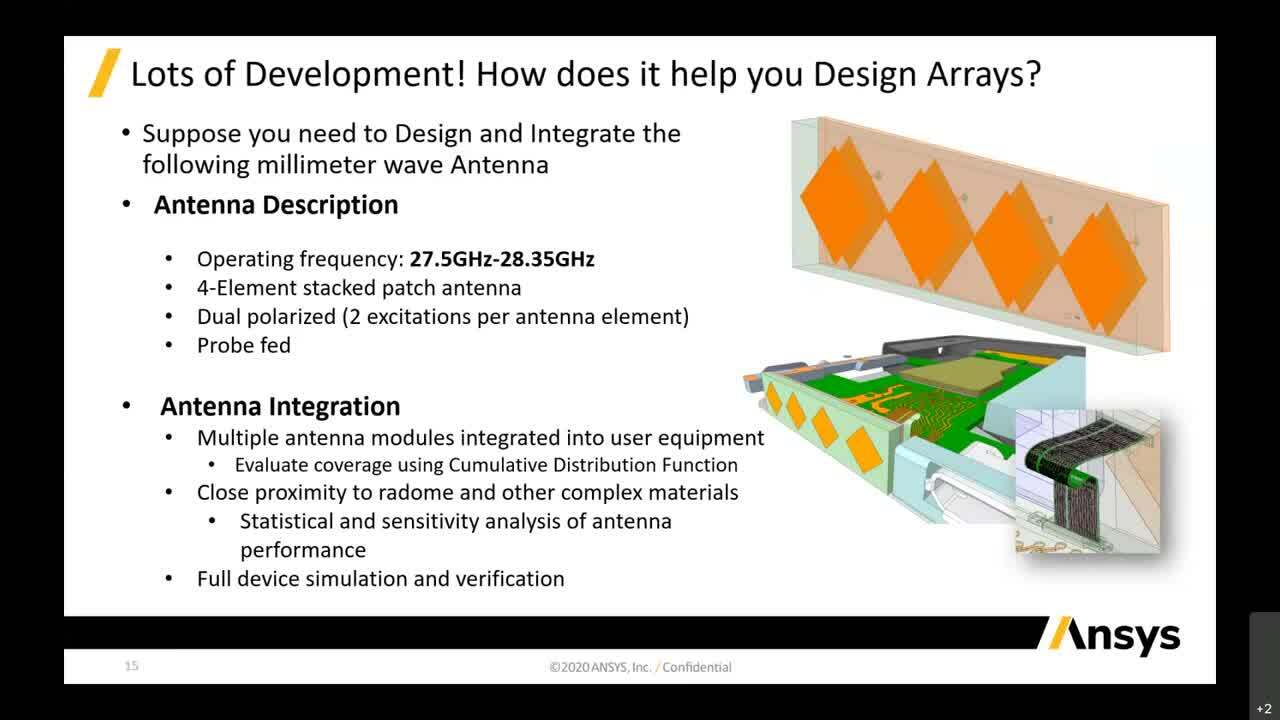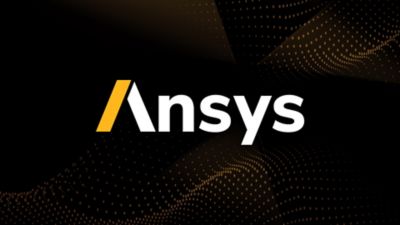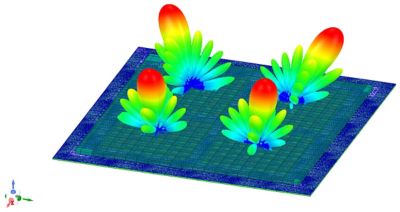Benutzer*innen können den nahtlosen Arbeitsablauf in Electronics Desktop nutzen, der erweiterte elektromagnetische Feld-Solver umfasst, und sie dynamisch mit Stromkreissimulatoren verbinden, um die EMS/EMV-Leistung elektrischer Geräte vorauszusagen. Durch diese integrierten Arbeitsabläufe werden wiederholte Designiterationen und kostspielige wiederkehrende EMV-Zertifizierungsprüfungen vermieden. Mehrere EM-Solver zur Behebung verschiedener elektromagnetischer Probleme sowie die Schaltkreissimulatoren in Electronics Desktop helfen Technikern, die Gesamtleistung ihrer elektrischen Geräte zu bewerten und störungsfreie Designs zu erstellen. Diese vielseitigen Probleme reichen von abgestrahlten und leitungsgebundenen Emissionen, Empfindlichkeit, Übersprechen, HF-Desensibilisierung, HF-Koexistenz, Cosite, elektrostatischen Entladungen, schnellen elektrischen Transienten (EFT), Bursts, Blitzschlageffekten, Feldern hoher Intensität (HIRF), Strahlungsgefahren (RADHAZ), elektromagnetischen Umwelteffekten (EEE), elektromagnetischen Impulsen (EMP) bis hin zur Wirksamkeit von Abschirmungen und anderen EMV-Anwendungen.
